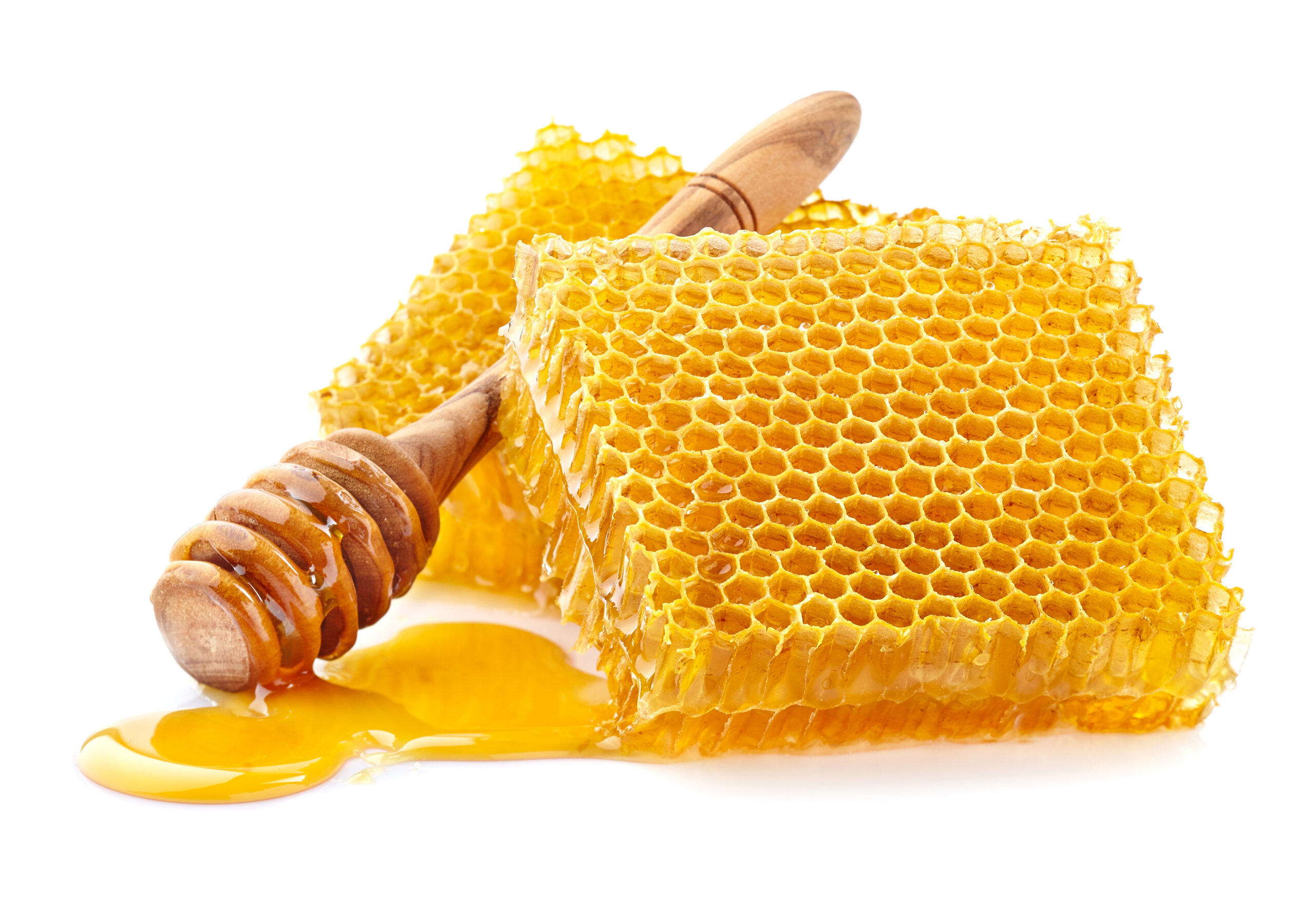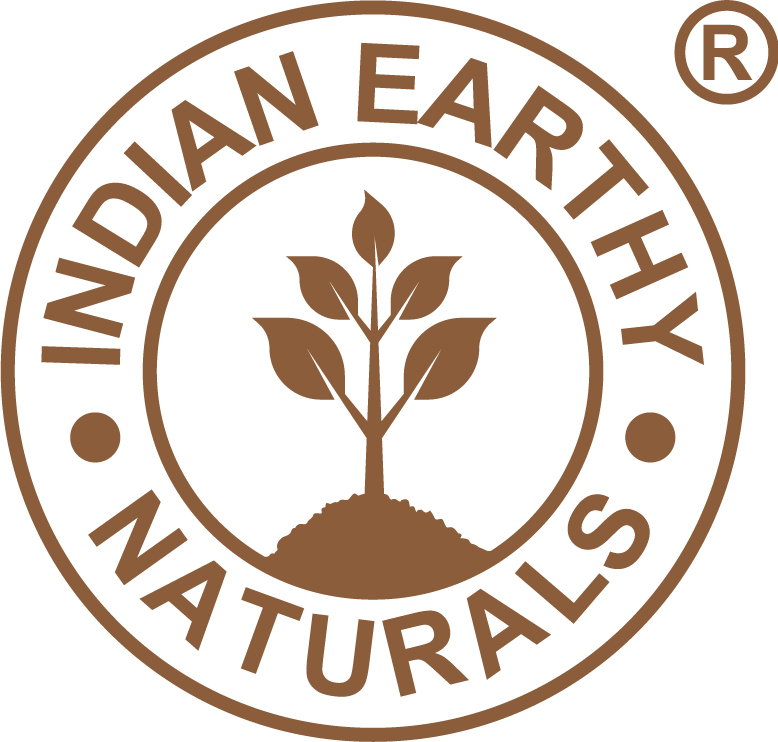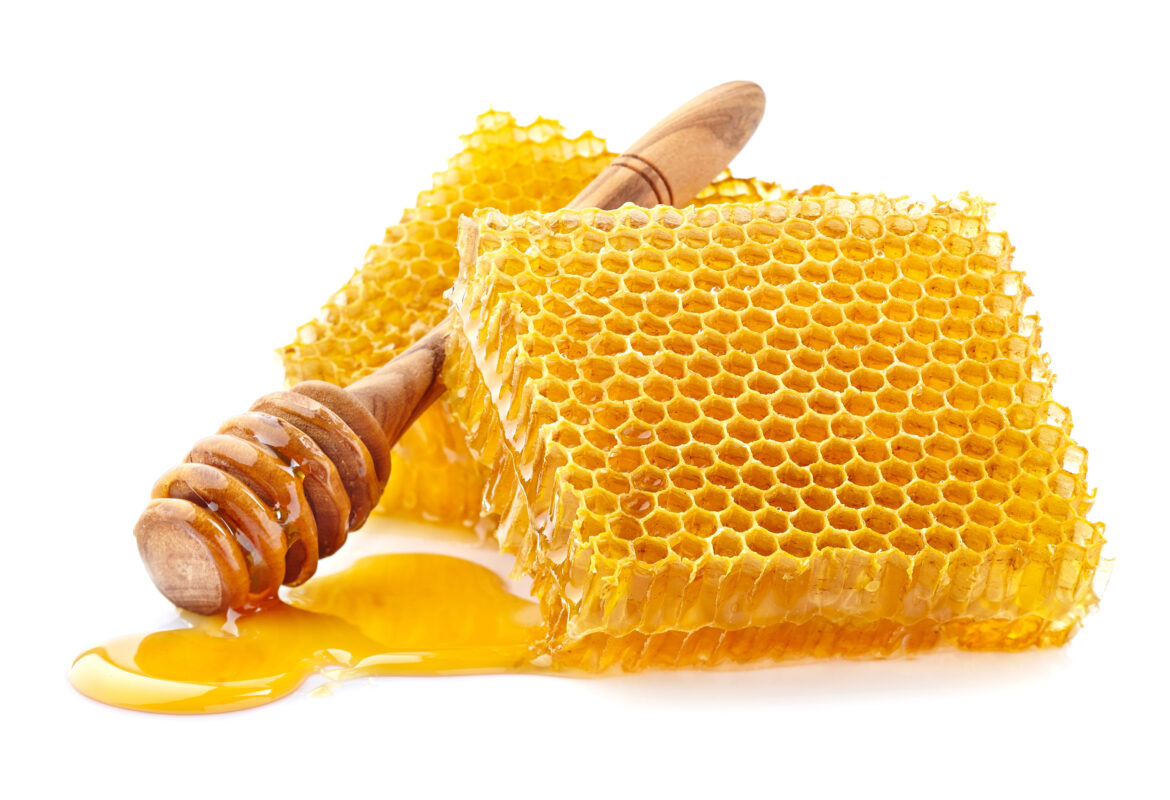IEN® Ayurvedic Herbs
Healing with Honey
honey for skin care – inside out

Honey is ageless, that speaks a lot about honey as an ancient ingredient in self care and health. Honey has been discovered unspoilt in vials in tombs and excavations which has been preserved for thousands of years. You may wonder, how honey bees are capable of creating such a nector which is ageless and needs no preservatives!
Honey bees are social just like human being and can create a large colony of up to 60,000 bees. There is a female fertile Queen honey bee, female workers, and male drones. The female workers are the ones that sting!
Every single component of the beehive is precious from the wax, propolis, honey to the royal jelly! A type of honey in New Zealand has special medicinal and healing properties, known as Manuka honey. It is the most expensive honey in the world. The amazing honey bees collect the nector and pollen from the flower. The nector is used to create honey and the propolis is used to seal the hives. In this entire process of travelling from flower to flower, the honey bees transfer pollen from one plant species to another, facilitating cross pollination and hence the flora and fauna sustains. There is a reason we say that if teher are no honey bees, this planet’s enviornment and humanity will get destroyed.
For Skin and health, honey has many benefits:
- Honey is extremely healing whether applied externally or consumed as a food. The healing properties of honey were demonstrated in a study comparing honey treatment to that of silver sulfadiazine, the standard treatment, for burn victims.
- Honey can be applied to the wounds to facilitate healing and help sterilize the wound.
- Honey contains important vitamins and trace elements such as B vitamins riboflavin, niacin, folic acid, pantothenic acid and vitamin B6. It also contains ascorbic acid (vitamin C), and the minerals calcium, iron, zinc, potassium, phosphorous, magnesium, selenium, chromium and manganese. The main unique falvonoid in the honey is pinocembrin, which is specifically found in propolis and honey.
- The darker the honey, the higher proportions of antioxidants are in it.
- Honey also contains organic acids such as acetic, butanoic, formic, citric, succinic, lactic, malic, pyroglutamic and gluconic acids, and a number of aromatic acids. The main acid present is gluconic acid, formed in the breakdown of glucose by glucose oxidase. Honey also contains hydroxymethylfurfural, a natural product of the breakdown of simple sugars below pH 5.


